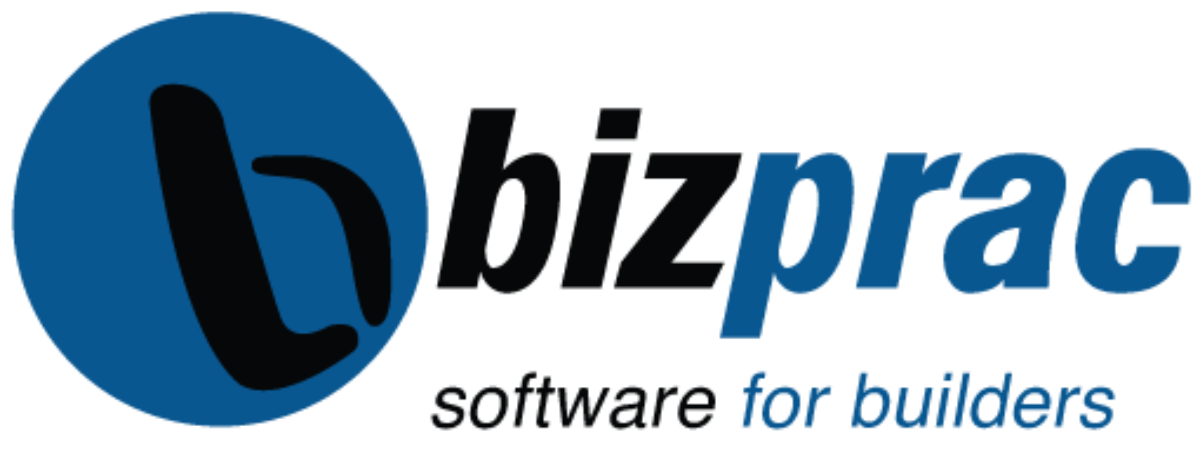Construction projects require managing numerous funds and monetary transactions. From ordering materials to compensating workers, keeping track of a project’s budget and expenses can be challenging without proper construction accounting practices.
Generally, the goals of accounting are to:
- properly account for business transactions
- ensure that each worker is compensated correctly
- prevent the project from going over budget to maximize profits; and
- secure compliance with regulatory requirements (e.g., taxes)
Systematic accounting can have significant benefits in construction projects. It can lead to lower costs and higher profits, increased client satisfaction, improved worker morale, and more effective construction management.
There are several concepts that you need to familiarize yourself with to achieve proper construction accounting. Understanding these accounting concepts will help you better manage your business’s financials to positively impact its bottom line.
Job Costing

Accurate job costing is an essential practice in construction. It helps you determine if a project is achievable according to the client’s budget and if you will profit from it.
Job costing starts by identifying and tracking all expenses associated with the project to calculate the project’s overall cost. Then, it is compared against the client’s proposed budget.
To calculate the total job cost, you must determine these individual costs:
- Materials Cost – This is the expense of materials and supplies required for the project, such as wood, steel, cement, electrical components, plumbing fixtures, and more.
- Labour Cost –This refers to the costs to provide wages, salaries, and benefits paid to workers involved in the construction project. It also includes taxes, insurance, and other expenses related to employee compensation.
- Subcontractor Cost – Construction businesses often hire subcontractors, and the expense is part of the overall job cost. These include the labour, materials, and overhead costs of the subcontractor.
- Equipment Cost – Equipment costs during the project, including purchase or rent price, fuel, maintenance, and repair expenses.
- Overhead Cost – This refers to all indirect costs associated with the construction project, such as rent, utilities, insurance, legal fees, and administrative expenses.
All expenses must be tracked and estimated accurately so your company can come up with a bid that can fulfil the client’s vision and profit from it.
Revenue Recognition

Revenue recognition is the accounting concept of recording revenue. Different revenue recognition principles will apply depending on the kind of project and billing method you have agreed with the developer.
Among the most common revenue recognition method are:
· Completed Contract Method
Under this method, revenue and expenses are not recognized until the project is completed and the contract is fulfilled. It is best used for small projects where the contractor can confidently estimate the project’s total cost. It is also great for projects with high uncertainty for completion, where consistently shifting factors make it challenging to come up with a final estimate.
The completed contract method is less popular than its counterparts because it makes it difficult for the contractor to assess the company’s financial health between reporting periods. However, it is an excellent option for short-term jobs or high-risk projects as it will only require you to make reports until the project’s outcome is known.
· Percentage of Completion Method
The percentage of completion method accounts for revenue and expenses according to the project rate that has been completed.
It is best used for long-term contracts because it provides a more accurate depiction of the company’s financial health over the contract’s life. This allows for better financial management as well as improved transparency to stakeholders.
· Cost-to-Cost Method
The cost-to-cost method records revenue and expenses according to the ratio of costs incurred to date to the estimated total costs of the project. It has similarities to the percentage of completed projects but focuses on costs.
It is a less risky revenue recognition that allows for projects that might face constant changes, especially in expenses. But it requires carefully assessing daily project costs to ensure accurate financial reports.
Billing

Billing can affect how you manage your business’s financials. It can impact cash flow management, revenue recognition, and cost tracking. Depending on the billing method you use, you can reduce the risks of a project and create a favourable cash flow system.
Among the most common billing methods are:
· Fixed Price
Fixed price billing or lump sum is an agreement that the owner will pay a fixed price for the entire project before the project begins. The contractor is responsible for completing the project within the agreed-upon budget, regardless of any unforeseen circumstances that might arise.
It is often used when the services can be easily estimated and the project scope is concrete, like most short-term projects. In these cases, you can safely agree to a fixed price without concerns about overextending on time and materials.
The completed contract method is best when accounting for fixed-price contracts. This revenue recognition method is usually used for short-term projects with easily defined costs. The completed contract method will make recording revenue less of a hassle.
· Progress Billing
Progress billing offers fewer risks for the contractor than the fixed-priced method. It allows you to collect payments periodically throughout the project based on progress. It is typically used for lengthy projects with more complex costing.
In this method, the contractor invoices the owner for a portion of the total contract amount at specific intervals (e.g., monthly) based on the percentage of the project completed.
The best way to account for progress billing is to use the percentage-of-completion method since both depend on the project’s progress.
Construction Retention

Retention is a system where the developer withholds a portion of the project’s total cost until it is completed or a project milestone is reached.
The retention money incentivizes construction companies to finish projects correctly and within the timeline. It reinforces the need to complete the project according to the client’s satisfaction and the agreed-upon contractual obligations.
When accounting for retention, it is not recorded under accounts receivable because the company does not have rights to it until the project is completed. Instead, it is recorded in a separate asset account which is then transferred into receivables after completing the job and issuing an invoice.
Retention significantly impacts the project’s financials and the business, especially in terms of profit. Depending on the country or state, laws allow developers to keep the retention for as long as one year. This can make money management difficult as you cannot immediately receive money for future projects.
You can reduce the impact of retention by considering the following:
- Plan for the delay of the retainage to prevent cash flow problems
- Communicate with the owner or developer to reach a common understanding regarding retainage
- Complete the job on time and accurately
- Explore alternatives such as a letter of credit or retention bond
Conclusion
Understanding the common terms in construction accounting can help improve financial management in your construction business. Accounting is a vital part of construction management. Without standard practices, you can lose profits or take on unfavourable projects. Use the tips to ensure that your business observes proper accounting management.
Simplify Construction Accounting with Bizprac
Bizprac is a leading construction management software for Australian builders. It is designed with state-of-the-art features to help in various construction processes, including accounting. Streamline your accounting needs with smart tools that aid retention management, BAS reporting, bank reconciliation, and Taxable Payments Annual Report (TPAR).
Experience streamlined construction accounting with Bizprac. Visit us for a free trial.





